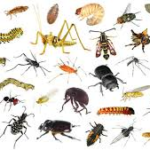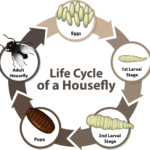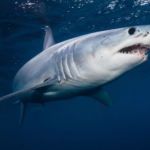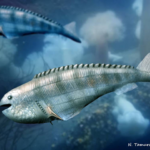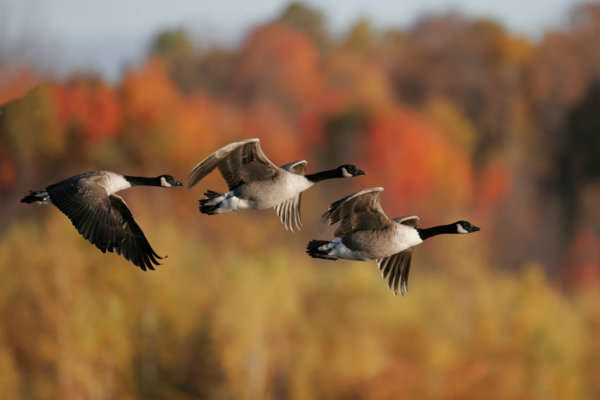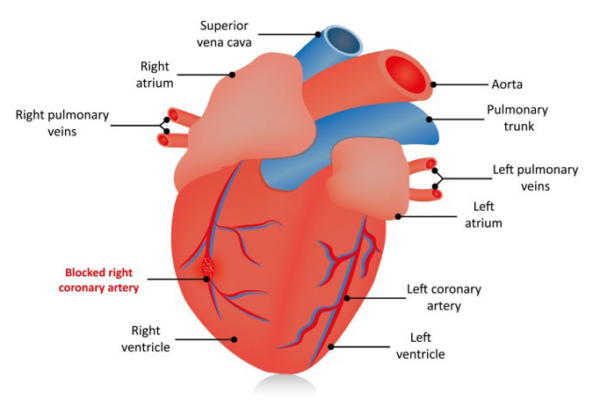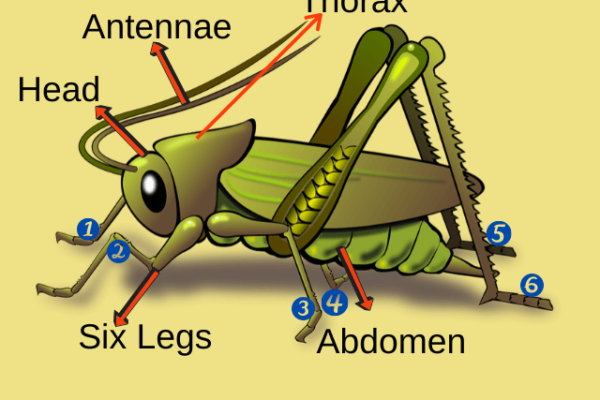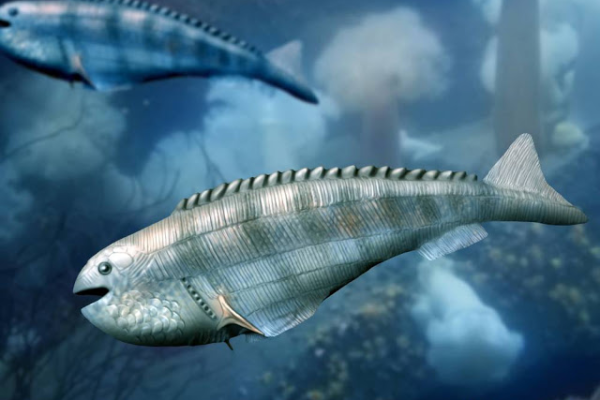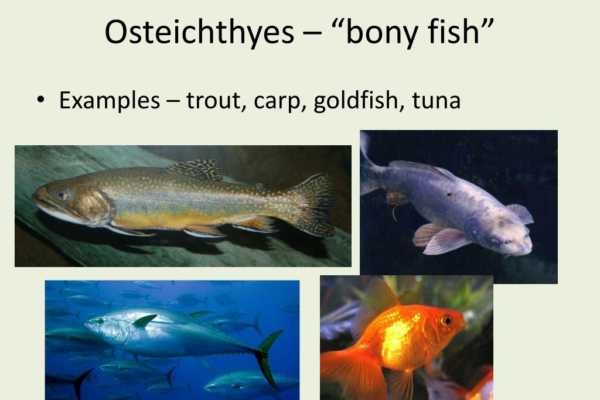
Ichthyology:
It is a branch of zoology, that tell us about the study of fish, including bony fish( Osteichthyes), cartilaginous fish(Chondrichthyes),and jawless fish (Agnatha).In zoology ichthyology is important because people need fishes for food,we still don’t know even basic facts, like how many species of fish there are in the whole world. Ichthyologists use specimens, fish…

